Whenever there is a talk about making a music video, you must have heard about the term ‘frame rate’ used in the discussion. Understanding frame rates is a significant step in creating a video.
You need to choose the best frame rate to make an impeccable audiovisual recording, including music videos, video podcasts, etc. The frame rate of a camera impacts everything from the experience of the audience to the file size of the video. That is why professionals in the industry recommend deciding the right frame rate for the videos.
If you are new to the video-making world or want to expand your knowledge, then read this article for some amazing information. We will help you understand the basics of frame rate, how many frame rates are there, and how a frame rate affects the quality of music production.
What is the Frame Rate?
The frame rate of the video is the collection of still images that are moving fast enough to create the idea of motion in the viewer’s eyes. The technical term for the frame rate of the video is the frames per second [fps]. It is an important concept that directly affects video quality production.
The higher the frame rate, the faster the frame will load, making the video experience of the viewer smoother. And the same goes for the lesser frame rate, which results in slower-paced videos. It happens because our eyes can take visual information at a specific pace.
When you are watching a video and the frame rate is slower, then your visual information will appear choppy. During the higher frame rate, the pace of the video would be fast, due to which your eyes would not be able to take in all the information.
There are different types of frame rates of the best cameras for music videos that are used for different purposes. Let us discuss some of the common frame rates and how they are used.
24fps: It is considered a standard mainly for cinematic film and television. It is a minimum speed needed to capture video while still maintaining realistic motion. It looks most natural to the human eye.
30fps: It is a commonly used fps for live sports and soap operas. It gives a more smooth experience than the 24fps as it has six more frames.
60+fps: Anything higher than 30fps is used for slow-motion videos or recording video-game footage. 60fps, 120fps, and 240fps, all high frame rates, are used for slow-motion. The videos are recorded at a higher frame rate and then slowed down to 24fps or 30fps post-production to create a smooth slo-mo effect.
What is the Standard Frame Rate?
24fps is considered the standard frame rate for videography. Since the 1970s, the film industry’s standard was set to 24fps because it was fast enough to create an audio-visual experience without wasting any film in the video. It provides fantastic audio production, which, as a result, enhances the quality of the video. It is good for filming cinematic videos, travel videos, gaming videos, and music videos as well.
Why are Frame Rates Important for Filming a Video?
The frame rates have a huge impact on the quality of the video and its experience. Different frame rates result in different types of creation, which our human eyes experience. The type of frame rate decides the type and the feel of the video quality production.
Higher frame rates create smoother and more realistic types of videos. In comparison, the videos with lower frame rates often flicker during their playtime. The frame rates also impact the file size of the video and internet usage.
How Does the Frame Rate Affect the Quality of Your Video?
The quality of the video only depends on the resolution you shoot in. Generally, a higher picture resolution means higher quality. Also, higher picture resolution, like 4K, means having massive file sizes. The frame rate only affects how smooth the video is, and it won’t impact the clarity of the video.
How to Choose the Best Frame Rate?
Choosing the best frame rate for your video depends on various factors like what kind of video you are making, what mood and emotion you want to portray, what is the playback speed for the output video and what kind of effects you want to create in your video.
Thus, there are some points that you need to consider while choosing the best frame rate for your video. The following are the important points.
- Movement in Your Video: The amount of movement in your video is important in deciding the frame rate of the video. The higher the amount of motion, the higher the speed of the frame. With 24fps, you can shoot in a steady and low setting. But if you want to film a travel video or an action sequence, then you have to use a higher frame rate ranging from 60fps to 120fps for smooth transitions.
- Style and Purpose: What kind of video you are making and its purpose is crucial for choosing the frame rate. If you want to make a moving head video, then having 24fps or 30fps would be a great option. But for other kinds of videos, like travel vlogs, you need to have higher frame rates.
- Medium for Broadcasting: The medium where you would be broadcasting the video also plays an important role. For example, if you are making a video for television, the standard is usually 30fps. But if you are making a video for the big screen, then you should use 60fps or higher frame rates.
- File Size: The file size of the video also impacts the speed of the frame rates. Videos with a higher frame speed mean more frames and information, which makes the file bulkier. For example, if you are making a video for a YouTube channel that is edited on a laptop, you have to use the lower fps.
Conclusion
Frame rates make the video appear more smooth and crisp. The speed of the frame rate depends on the video you want to produce and what impact you want to create with it.
With the help of this article, we hope that it will make the choice of the frame rate a little easier. You can make great music videos that are amazing and display audio and visuals perfectly.
Good Luck with the fantastic music video production!

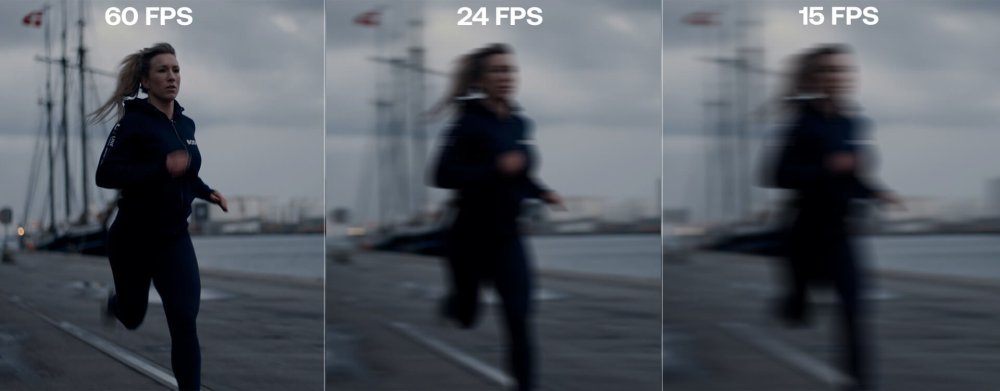

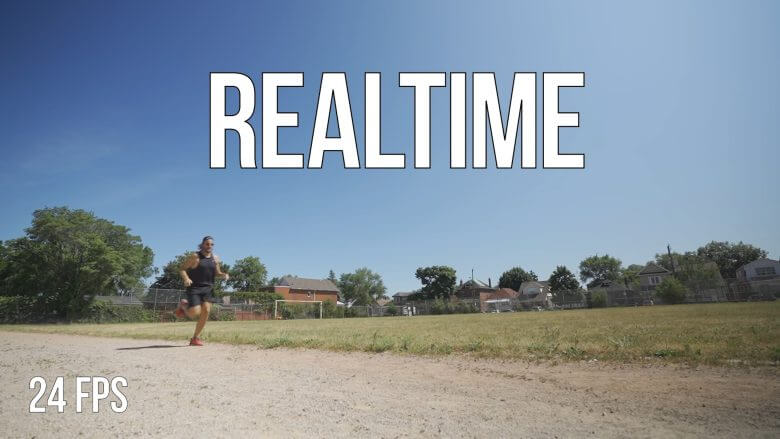

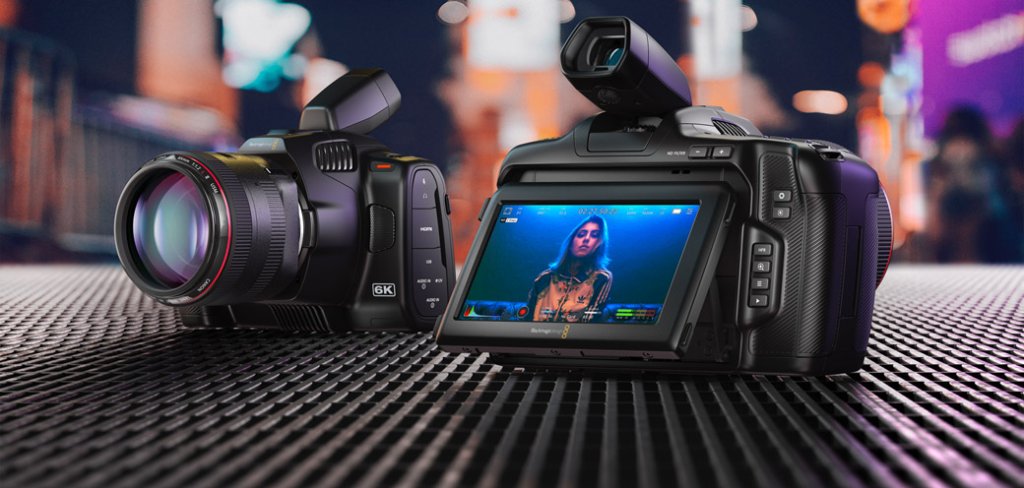

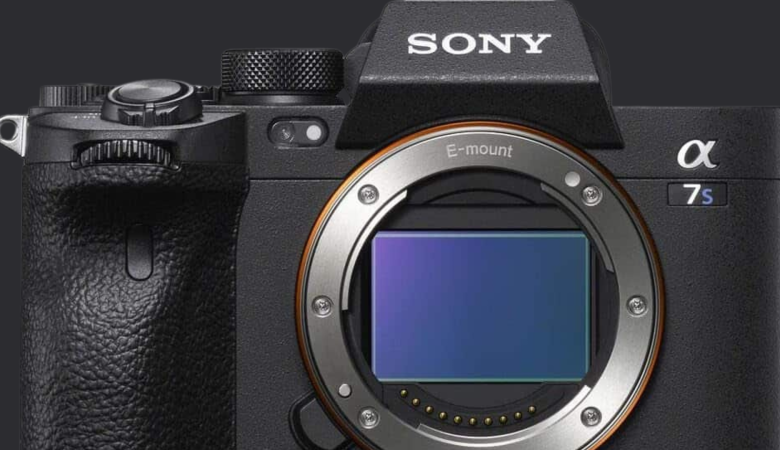

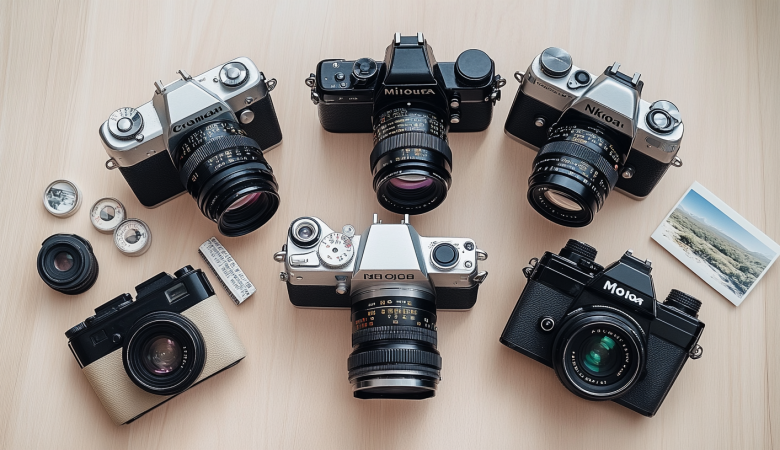
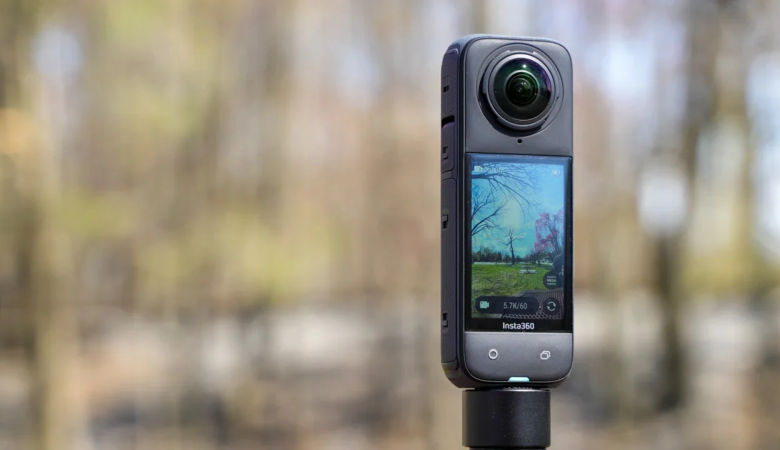
Leave a Reply